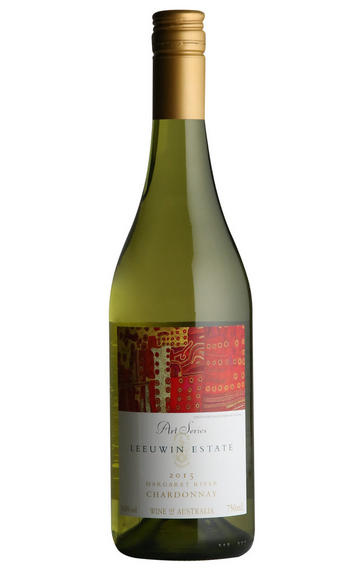
2018 Leeuwin Estate, Art Series Chardonnay, Margaret River, Australia
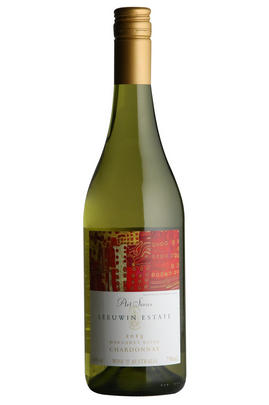
Critics reviews
Powerful and concentrated, the 2018 Art Series Chardonnay has absolutely settled into itself after an extra 18 months or so in bottle from its release. The tropical characters that it saw initially have morphed into a glossy, exotically spiced full-bodied space, with salted peach, saffron, apple blossom, crushed rocks, graphite, mineral acidity and rivulets of phenolics. This is a muscular powerhouse, with briney grapefruit, tangelo, alpine herbs, hints of amaro and jasmine pearls. What a wine. Drink 2022 – 2037.
Erin Larkin, robertparker.com
Drink 2021 - 2043
Clare Tooley MW, Decanter.com (Oct 2021)
Very light colour, remarkable for a 4-year-old wine. The bouquet is complex and yet very fresh and restrained, showing captivating nougat aromas which lead into a concentrated, powerful yet elegant palate. Absolutely delicious array of flavours. Lemon drops, honey and myriad other aromas and flavours. Tremendous power and persistence. A sensational chardonnay. Drink 2021–2036.
Huon Hooke, therealreview.com (Feb 2021)
About this WINE
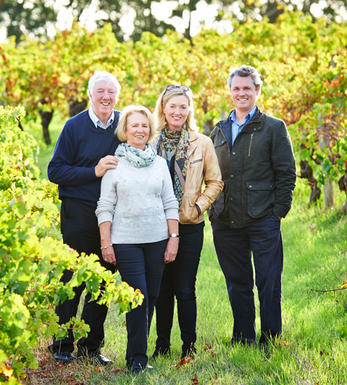
Leeuwin Estate
Leeuwin Estate was purchased by Perth businessman Denis Horgan in the Margaret River region with a view to utilising it for cattle grazing. That was in 1969, but 3 years later Robert Mondavi visited the farm and immediately spotted the potential for wine production.
The farm quickly assumed the mantle of Australia's finest Chardonnay producer and its Cabernet Sauvignon became one of Western Australia's most sought-after reds. Some of the lowest yields in Australia and a near-perfect microclimate lie at the root of this estate`s success.
Oz Clarke has described the Chardonnay as Australia's "Montrachet", and few would beg to differ.
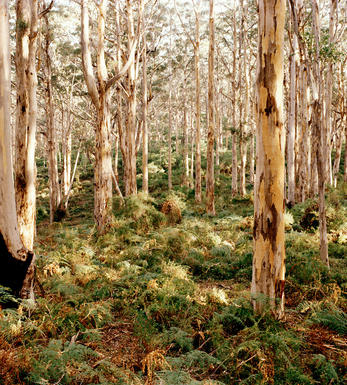
Margaret River
Located on the most south-westerly point of Australia, three hours’ drive south of Perth, the Margaret River region sprang to life during the 1960s and 1970s as a result of Professor Harold Olmo’s and Dr John Gladstone’s research into the region’s viticultural potential. Consequently Vasse Felix was planted in 1967, Moss Wood in 1970 and Cullen in 1971. Since then the plantings have grown exponentially, while the number of wineries has increased six-fold. This explosion of wineries has perhaps been to the detriment of the wine quality.
Bounded to the west by the Indian Ocean and the 90km Cape Naturaliste to Cape Leeuwin promontory, the region enjoys a benign if damp maritime climate in which the vines rarely shut down, causing disrupted flowering (exacerbated by strong, westerly sea winds). Over the growing season it’s 16 percent hotter than in Coonawarra and 7% than the Médoc.
The Cape ridge is made up of lateritic clay topsoils over weathered granite and gneiss, giving fruit with a relatively high pH. Cabernet Sauvignon is the most fancied variety,producing a lush, early drinking style, followed by Shiraz, Chardonnay and Sémillon.
Recommended Producers: Cullen, McHenry Hohnen Vintners, Moss Wood, Cape Mentelle and Voyager Estate.
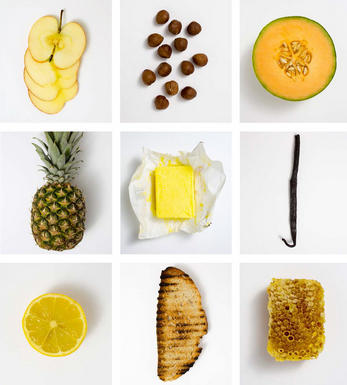
Chardonnay
Chardonnay is often seen as the king of white wine grapes and one of the most widely planted in the world It is suited to a wide variety of soils, though it excels in soils with a high limestone content as found in Champagne, Chablis, and the Côte D`Or.
Burgundy is Chardonnay's spiritual home and the best White Burgundies are dry, rich, honeyed wines with marvellous poise, elegance and balance. They are unquestionably the finest dry white wines in the world. Chardonnay plays a crucial role in the Champagne blend, providing structure and finesse, and is the sole grape in Blanc de Blancs.
It is quantitatively important in California and Australia, is widely planted in Chile and South Africa, and is the second most widely planted grape in New Zealand. In warm climates Chardonnay has a tendency to develop very high sugar levels during the final stages of ripening and this can occur at the expense of acidity. Late picking is a common problem and can result in blowsy and flabby wines that lack structure and definition.
Recently in the New World, we have seen a move towards more elegant, better- balanced and less oak-driven Chardonnays, and this is to be welcomed.


Buying options
Add to wishlist
Description
Banana, tropical fruits present on the nose, when tasted the wine is light, refreshing but with a complex mid palate with a lick of acidity. A carnation of power and concentration. This is an absolute delight and will not disappoint. Perfect for ageing or to be enjoyed on a hot summer’s day. Stunning! Drink 2022 – 2038.
Ben Evans, Account Manager, Berry Bros. & Rudd
wine at a glance
Delivery and quality guarantee